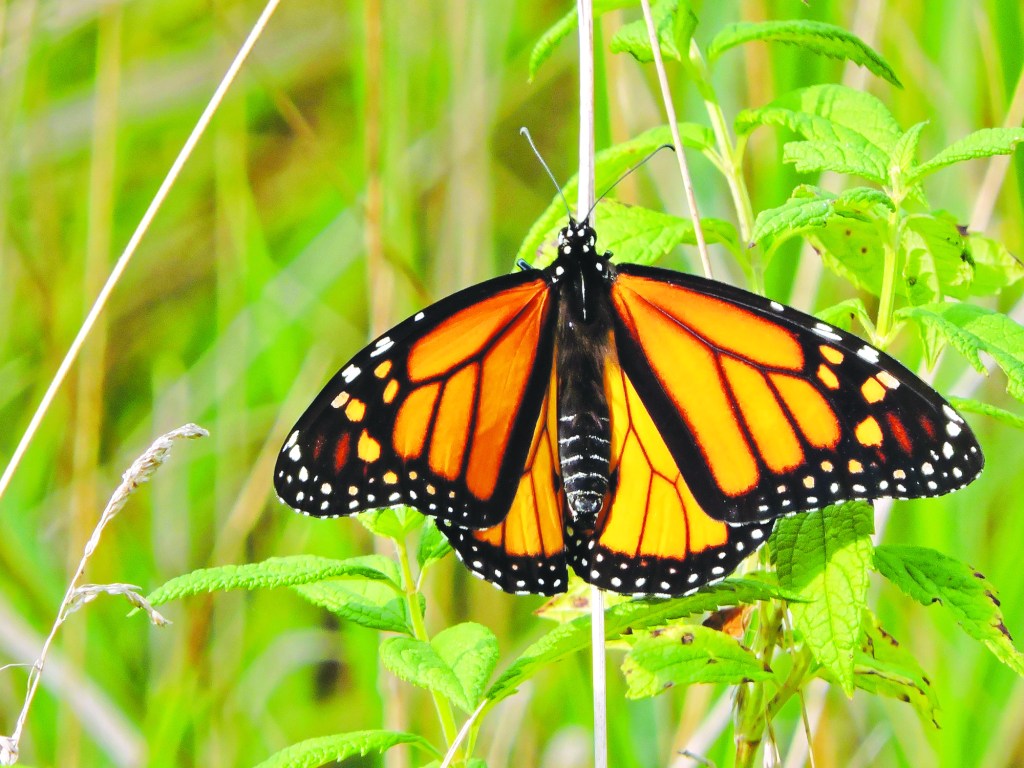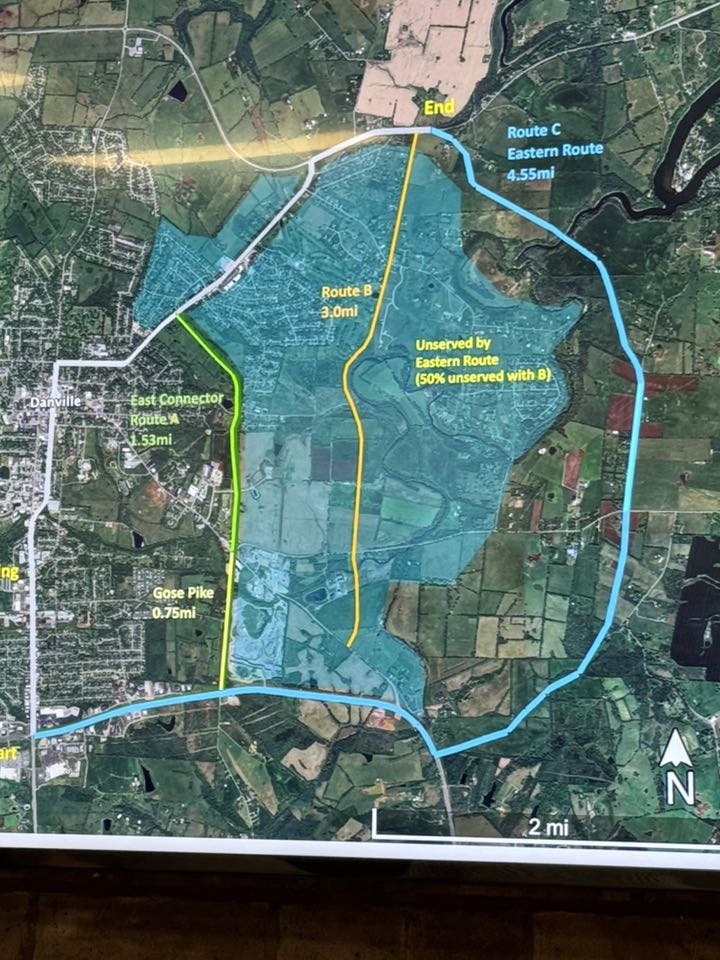Monarchs’ amazing migration depends on milkweed
Published 6:08 am Wednesday, September 5, 2018
The official start of fall is still a little while away, but the Monarch butterflies have already begun their amazing migration. Millions of monarch butterflies will be traveling from their summer breeding grounds in the U.S. and Canada to Mexico and southern California. The butterflies we see here in Kentucky will travel to Mexico, while their friends who are west of the Rocky Mountains will end up either in Mexico or SoCal. These beautiful orange and black butterflies migrate because they cannot survive our winters in the US.
It’s really amazing how these beautiful creatures migrate every year. Monarchs winter in Mexico and then in the spring, they begin their migration back to the Northern US and Canada. The butterflies that come back next year, though, will not be the same butterflies. Spring migrations can last through four or five generations of butterflies.
The monarchs first stop will be in the southern U.S. Most of Kentucky, including the Bluegrass, is in the monarch’s spring breeding range; northern Kentucky is in the summer breeding range.
Trending
It’s very important for monarchs to have milkweed. Monarchs will only lay their eggs on milkweed plants because monarch caterpillars feed exclusively on milkweed before turning into butterflies.

Amanda’s animal fact of the week: Viceroy butterflies appear very similar to monarch butterflies. The easiest way to tell the difference between the two is that the viceroy has a black line going across the veins on its back wings.
As you have probably heard, pollinator populations have been on the decline in recent years and the monarch butterfly is no exception. Many scientists have linked the decline in butterflies to a lack of milkweed. That’s not good, but it means you can help monarchs by planting milkweed.
The best time to plant milkweed is the in spring after the threat of frost has passed. So right now, we can enjoy looking at these remarkable butterflies as they fly through our region. Then, we can plant some milkweed in the spring that can become food for their grandchildren, or great-great-grandchildren and help ensure this species is around for a long time.
There are some events going on around the state where you can actually tag a monarch. Monarch wings are so very delicate but scientists have actually found a way to tag them using a small sticker. Placed in the right spot, it does not interfere with the butterflies’ ability to fly. “Tagging helps answer questions about the origins of monarchs that reach Mexico, the timing and pace of the migration, mortality during the migration and changes in geographic distribution. It also shows that the probability of reaching Mexico is related to geographic location, size of the butterfly, and the date, ” according to Monarchwatch.org, a non-profit organization dedicated to helping educate people about monarchs and what they can do to help them. The website is a great source of information if you would like to learn more about monarchs. They even sell monarch tagging kits if you would like to try your hand at tagging monarchs. I would suggest, though, that you attend a monarch tagging workshop first to learn from experts the best ways to tag.
There will be an event at John James Audubon State Park on Saturday, Sept. 8 and Sunday, Sept. 9 from 8 to 11:30 a.m. At this event, participants will hear a butterfly presentation from a naturalist and then go out and tag some butterflies. There is an event at Shaker Village on Saturday, Sept. 22, but it’s already sold out. If you find out about any other monarch tagging events around the state, I’d love to hear about them. I’m really looking forward to seeing some migrating monarchs and planting milkweed in the spring. I hope you are, too.









